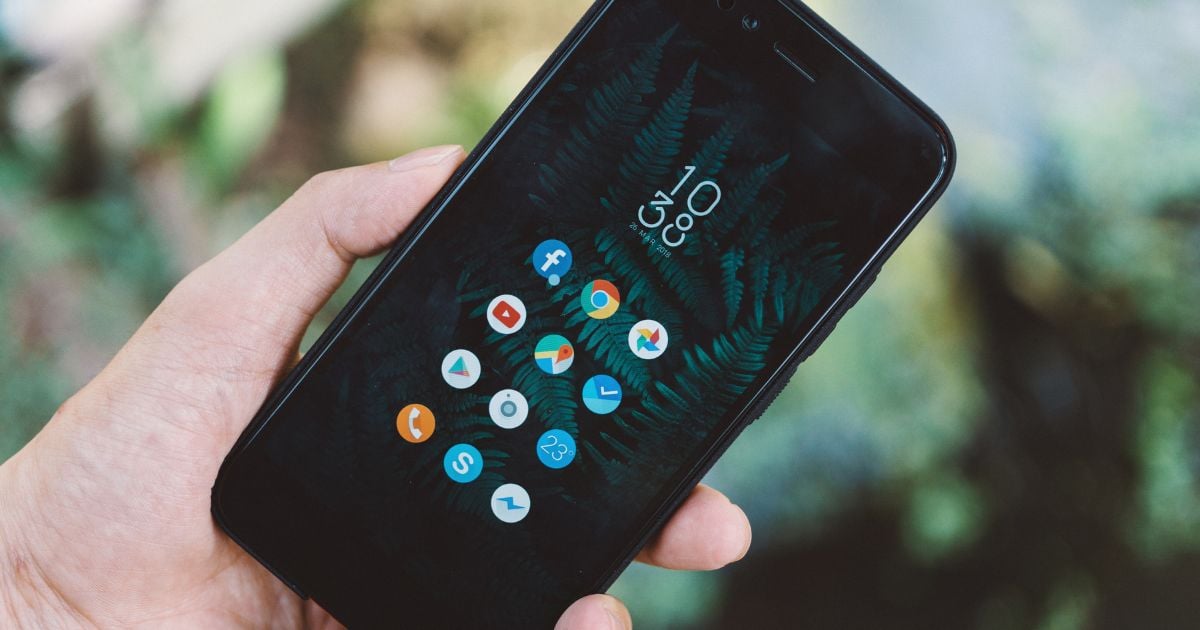iOS App Security – How to Protect Users’ Sensitive Data in Mobile App

Potential risks
App security is a very wide topic that is hard to present in one article, but we can easily identify the basic threats:
User data leak
By using the iOS application, the user usually enters their private data. To store data securely, it is crucial to utilize methods like Keychain and Secure Enclave, which protect stored data from unauthorized access. Storing data in an unsecured manner creates the risk of this data being leaked if the device falls into unauthorized hands.
Man in the middle attack
Network security is crucial in protecting data from interception in iOS apps. Intercepting http(s) requests and responses is relatively easy to do when it comes to iOS apps. Unfortunately, TLS is not enough to make your app secure. Using tools like Charles Proxy, even an amateur can get to know our app requests, corresponding server responses, and manipulate network traffic by sending doctored requests. Apart from that, data can be intercepted directly from the application’s network traffic. This most commonly happens when a user’s iOS device is connected to a public Wi-Fi network.
Reverse engineering
Thanks to reverse engineering, the attacker can obtain the URL addresses, identifiers, keys that you use in the application, understand business its logic, or steal your intellectual property - especially if you employ sophisticated algorithms. What's more, (s)he can also modify the behaviour of the application and, for example, omit the login screen.
How to make your app secure
Nowadays the majority of businesses develop apps to provide better services and make better communication with their customers. It is essential to make security in iOS a top priority. Here are several solutions to take into consideration when developing iOS apps:
User data protection tools
In order to strengthen data protection, focus on two aspects - using the right solutions for data storage, and securing data as it’s entered. Logins, keys, and passwords should be stored in Keychain.
Keychain is the password management system developed by Apple, distributed both with macOS and iOS. The iOS version is simpler, and sharing Keychain items between apps from different publishers is not possible on iOS. This means that iOS Keychain items are only accessible to the app that created them or to other apps from the same developer.
You can however, use other tools to store other user data which are not so critical. It is worth mentioning two solutions - Core Data and Realm Database
Core Data is Apple’s persistence framework with an underlying SQLite database. This means that developers interface with Core Data methods, not the database directly, and is insulated from what happens under the hood. What is important is that, by default, SQLite is not encrypted when the app is unlocked. Apple has a feature called “Data Protection“ which encrypts the sandbox if the device is locked with a passcode.
But we cannot always rely on the end user to passcode to protect his/her device. The device can be jailbroken, passcodes can be easy to crack, or be written down on the phone’s protective case by unaware users. Not everyone is tech-savvy. If encryption by password is not sufficient, we need to use a third-party solution like the Encrypted Core Data SQLite Store which allows us to encrypt SQLite even while the device is unlocked.
Another solution is the Realm Database, an open source alternative to SQLite and Core Data. It allows you to encrypt data very easily using strong AES-256 encryption. Data are encrypted even when the device is unlocked, and your encryption key can be stored securely in the system Keychain. This means that only your app can decrypt these data. Realm seems to be a really good solution in terms of security, especially when it comes to encrypting data using reliable libraries like CryptoSwift to streamline these tasks and enhance security against potential vulnerabilities.
Protecting data in user input
We need to be aware that the keyboards used in iOS cause data to be cached for auto-correction. Auto-correction should be turned off for fields used for sensitive user data input. A similar case exists for screenshots. When an app goes to background, the system takes a screenshot. If users input sensitive data and it is visible on screen, we need to implement a mechanism for masking the screen before the app goes to background.
Protecting from reverse engineering
In the case of reverse engineering, implementing security measures is more complex. We can’t make the job impossible for the attacker, but we can make it much harder.
One example is using secure ways of storing application keys for specific environments - you can use Cocoapods Keys for that.
Another technique to strengthen the iOS app security system is code obfuscation. This includes using misleading file and method names, creating traps and fake methods, hiding crucial code behind immensely complicated loops etc.
Additionally, it is crucial to detect and prevent the app from running on a jailbroken device. Jailbroken devices can bypass built-in security features, leading to risks like malware infection and exposure of sensitive data. These operations can be performed automatically within the Continuous Delivery process, but keep in mind that advanced tools have their price.
Ensuring SSL Pinning
To defend from manipulating network traffic manipulation and man-in-the-middle attacks, certificate pinning should be implemented. It’s a method used to ensure that an application communicates only with the right server. The TLS certificate is stored within the app bundle and is used to verify the authenticity of the server during the network handshake.
Adding an extra security layer with two-factor authentication
User authentication in iOS devices allows the user to identify a person that is trying to connect to the network resources. There are many tools that can be helpful. Two-factor authentication, also known as 2FA gives an extra security layer that allows better data protection. So how does it work? A user is granted access to an app after presenting two pieces of evidence to the authentication tool. For example, it can be using a password and a one-time passcode that can be sent either through SMS or email.
Security audit
Last, but not least, it is definitely worth doing a security audit before releasing an app. It doesn’t always mean spending a fortune hiring an external team of hackers. Sometimes going through OWASP Mobile Application Security Verification Standard could be enough.
The MASVS is a security checklist for mobile applications published by a leading not-for-profit organisation focused on improving software security. Although the document is not iOS-specific, it is definitely worth going through before releasing an app.
Emerging trends and threats in iOS app security
As technology advances, new challenges in iOS app security continue to emerge, requiring developers to stay vigilant.
AI and ML
One significant concern is AI and ML Security. Apps leveraging machine learning models are increasingly at risk of adversarial attacks, where attackers manipulate inputs to cause misclassifications or reverse-engineer the models to extract proprietary algorithms. This vulnerability not only compromises the app's functionality but can also lead to breaches of sensitive user data processed by these models.
Supply chain attacks
Another growing threat is Supply Chain Attacks, where malicious actors target third-party libraries or SDKs integrated into iOS apps. Even a seemingly reliable library can harbor vulnerabilities or backdoors, exposing the app and its users to risks. Developers must rigorously vet third-party components and continuously monitor them for updates or security advisories.
Zero-day exploits
Lastly, Zero-Day Exploits represent a critical challenge. These are vulnerabilities in iOS or widely used libraries that are unknown to the developers or Apple, leaving apps susceptible to attacks until patches are released. Staying informed about such vulnerabilities through platforms like CVE databases and security forums, and applying updates promptly, is crucial to mitigating these risks.
Developing a secure iOS app
iOS is relatively secure compared to other mobile operating systems. Apple provides great security mechanisms like Keychain, data encryption by passcode, or App Transport Security, which forces developers to use TLS. However, it doesn’t mean that these solutions are sufficient in every case. Making an app secure is not rocket science - it’s all about using the proper solutions and spending a little time before release.







